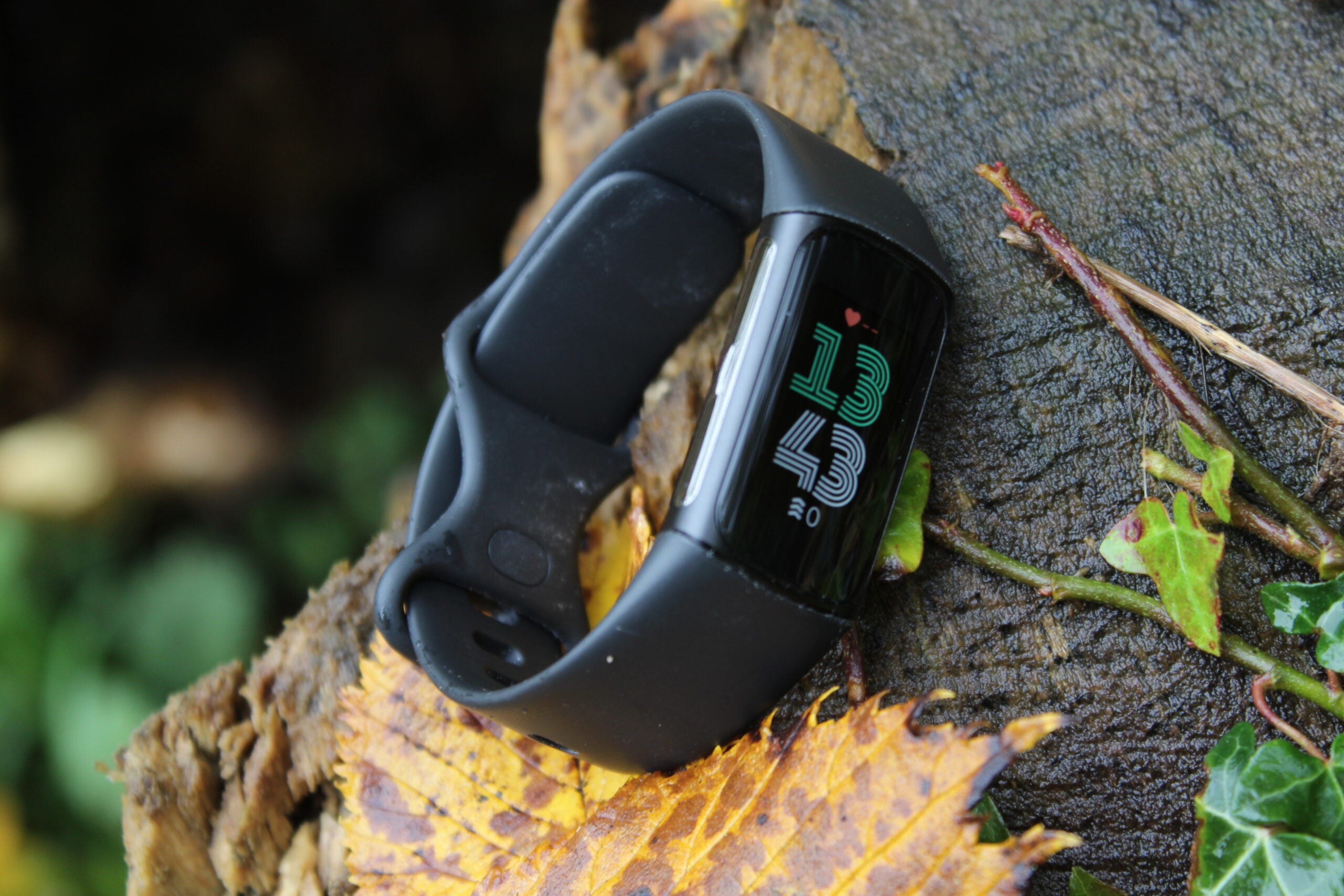The Garmin Forerunner 165 is the latest smartwatch in the range, offering a suite of fitness features from blood oxygen tracking to sleep monitoring.
But how does this new smartwatch stack up to the latest offering from Google, the Fitbit Charge 6? We’ve dug into the specs and features of both wearable devices to determine the key differences between them.
Before we jump into the features, it’s important to note that the Garmin Forerunner 165 has a starting price of £249.99. In comparison, the Fitbit Charge 6 is priced at £139.99/$159.95, making it the more affordable option.
So does the Garmin Forerunner 165 justify the extra cost, or are you better off spending less on the Fitbit Charge 6. Check out our comparison guide below to answer those questions.
Garmin has bigger screen and extra buttons
The Garmin Forerunner 165 looks like a classic smartwatch, with a big 1.2-inch AMOLED touchscreen display making it easy to swipe and tap your way through all of the various menus.
The Fitbit Charge 6 differs greatly in this respect, maintaining the classic Fitbit design with a narrower and rectangular 1.04-inch AMOLED touchscreen instead. This does at least make the fitness tracker less obtrusive on your wrist, but it’s also more difficult to cram lots of data on the screen at one time.
The larger design of the Forerunner 165 has also enabled Garmin to fit more buttons onto the watch: 5 in total, which allow you to quickly start an activity timer, scroll through widgets, trigger the backlight and more.
Meanwhile, the Fitbit Charge 6 only has one button, making you more reliant on the touch screen when using the watch.

Garmin Forerunner 165 has a longer battery life
Battery life figures from manufacturers should always be taken with a pinch of salt until we’re able to verify such claims through testing. But if we’re to believe the battery claims from both Fitbit and Garmin, then it looks like the latter has the edge in this contest.
Garmin claims the Forerunner 165 can last up to 11 days on a single charge in smartwatch mode. In comparison, the Fitbit Charge 6 can only last up to 7 days, and so is 4 days shy of the stamina on offer from Garmin.
When activating GPS mode, battery life drops like a stone for both wearables. The Garmin Forerunner 165 is apparently capable of up to 19-hour stamina in such mode. There are no official claims about the Fitbit Charge 6 battery life with GPS activated, but our tests showed that an hour of tracking will deplete the battery by 15%. Some quick maths suggests the Charge 6 can last shy of 7 hours with GPS turned on.
All of this means that Garmin Forerunner 165 should be able to last longer between charges, so may be the best option if you’re the type to forget to charge watches overnight.
Fitbit Charge 6 has access to Google apps
One of the greatest strengths of the Fitbit Charge 6 is that it’s owned by Google, and so has access to all of the great Google services and apps. These include the likes of Google Wallet, Google Maps, and YouTube Music, which are all prominently placed in the watch’s software.
The Forerunner 165 lacks integration of these Google services, but Garmin does offer alternatives. The Garmin Connect app (available on both Android and iPhone) unlocks a lot of software features, while Garmin Pay allows for contactless payments. There’s also support for Spotify, Deezer and Amazon Music, and so doesn’t lock you to one music app like the Fitbit Charge 6 does with YouTube Music.
Given the quality of Google’s apps, the Fitbit Charge 6 may steal the edge when it comes to software. But it all comes down to a matter of preference, especially if you’re not fussed about Google Maps or Google Pay.


Garmin Forerunner 165 Music supports downloadable music
Garmin has actually launched two flavours of its new watch: the Forerunner 165 (£249.99) and the Forerunner 165 Music (£289.99). The key difference between these two watches is that you can download songs and playlists to the latter from apps such as Spotify, Deezer and Amazon Music.
Sadly, there is no option for downloading music to the Fitbit Charge 6. YouTube Music is supported, but you can’t download music to the watch, and must instead stream music via your Bluetooth-connected smartphone. YouTube Music Premium subscribers can only use the Fitbit Charge 6 for music playback controls, such as plating, pausing and skipping tracks.
So if you want to listen to music during your workout or run, but don’t fancy lugging around your phone, then the Garmin Forerunner 165 Music is certainly the watch to go for.
Fitbit offers more exercise modes
Looking at the feature list of both wearables, there doesn’t seem to be a major difference between the two. Both are capable of tracking heart rate, SpO2 (blood oxygen), and stress levels. You can even get sleep scores from both watches, as the tracking continues overnight.
One of the few areas where the two watches greatly differ is in the number of workout modes that are available. Fitbit offers more than 40 different exercise modes, allowing you to track the likes of runs, bike rides, weight lifting, yoga and more. It’s an impressive selection.
As for the Forerunner 165, Garmin says there are more than 25 activity profiles available, including trail running, open water swimming, pickleball, tennis and more, plus new workouts for strength, HIIT, cardio, yoga and Pilates.
But while the Fitibt offers a greater number of workout modes, you shouldn’t discount Garmin. In our experience, the Garmin workout modes generally offer more data and greater insights, although the Fitbit is still worth a look if you’re looking for a more obscure activity.











